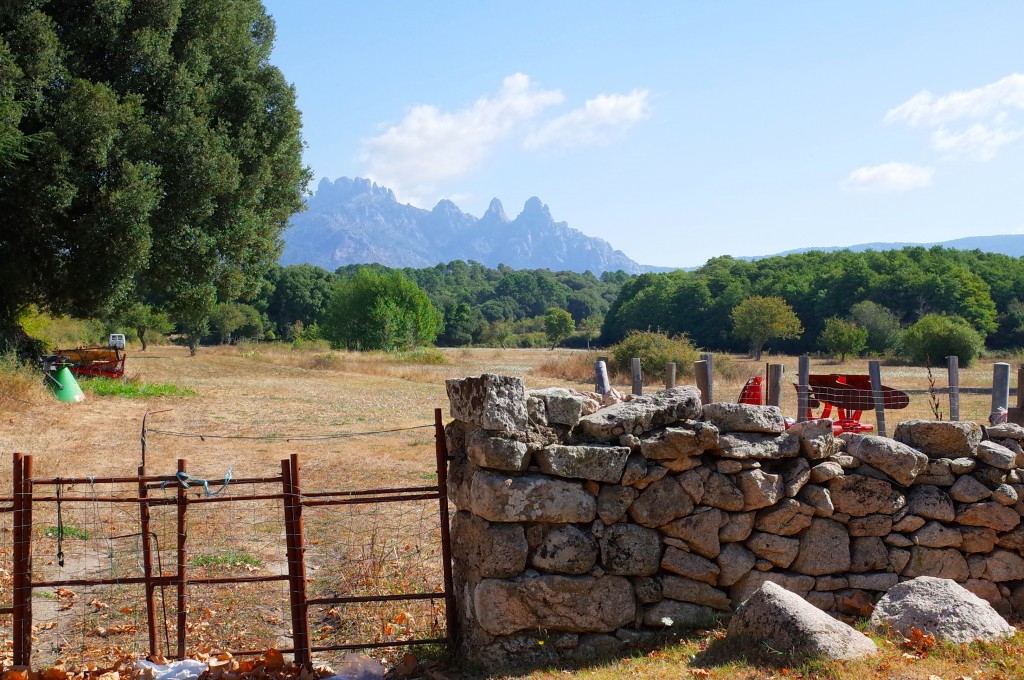In his third "place-decoding" essay from France, Chuck Wolfe recalls all that we can learn from walking between settled places.
Writing in The Huffington Post, Wolfe notes how walking between cities and towns can be as important as walkabilty downtown:
Strolls through such “places between” not only highlight the virtues of walking itself, but also invoke the universal transitions between distinct locales and the amorphous rural countryside.
Why? Wolfe recalls part of the reasoning behind the borrowed biological principle of the "transect" that stands behind new urbanist codes, and explains how understanding the blend between built and natural, including how balances change closer to clustered settlement, is key to defining sustainable cities going forward.
He blends discussions and examples from Italy, France and the United States to illustrate the "microcosm of similar characteristics defining the edge of urbanity", and further explains how modern regulatory approaches mimic classical development patterns apparent on the landscape.
Wolfe concludes with walk-based learning:
Last year, in the Palouse, I underscored how the elements of older, rural America have reappeared in today’s cities, noting how “small markets, the local bar, the library and the school — no longer needed in one context, they rise again in reinvented urban settings…”.
And last week on Corsica, walking to and from the place between places, I read human fundamentals, as illustrated in the images presented here, in a way that even more firmly decodes and illustrates the elements of urban settlement.
FULL STORY: How to Decode the Place Between Places

Maui's Vacation Rental Debate Turns Ugly
Verbal attacks, misinformation campaigns and fistfights plague a high-stakes debate to convert thousands of vacation rentals into long-term housing.

Planetizen Federal Action Tracker
A weekly monitor of how Trump’s orders and actions are impacting planners and planning in America.

In Urban Planning, AI Prompting Could be the New Design Thinking
Creativity has long been key to great urban design. What if we see AI as our new creative partner?

King County Supportive Housing Program Offers Hope for Unhoused Residents
The county is taking a ‘Housing First’ approach that prioritizes getting people into housing, then offering wraparound supportive services.

Researchers Use AI to Get Clearer Picture of US Housing
Analysts are using artificial intelligence to supercharge their research by allowing them to comb through data faster. Though these AI tools can be error prone, they save time and housing researchers are optimistic about the future.

Making Shared Micromobility More Inclusive
Cities and shared mobility system operators can do more to include people with disabilities in planning and operations, per a new report.
Urban Design for Planners 1: Software Tools
This six-course series explores essential urban design concepts using open source software and equips planners with the tools they need to participate fully in the urban design process.
Planning for Universal Design
Learn the tools for implementing Universal Design in planning regulations.
planning NEXT
Appalachian Highlands Housing Partners
Mpact (founded as Rail~Volution)
City of Camden Redevelopment Agency
City of Astoria
City of Portland
City of Laramie



























